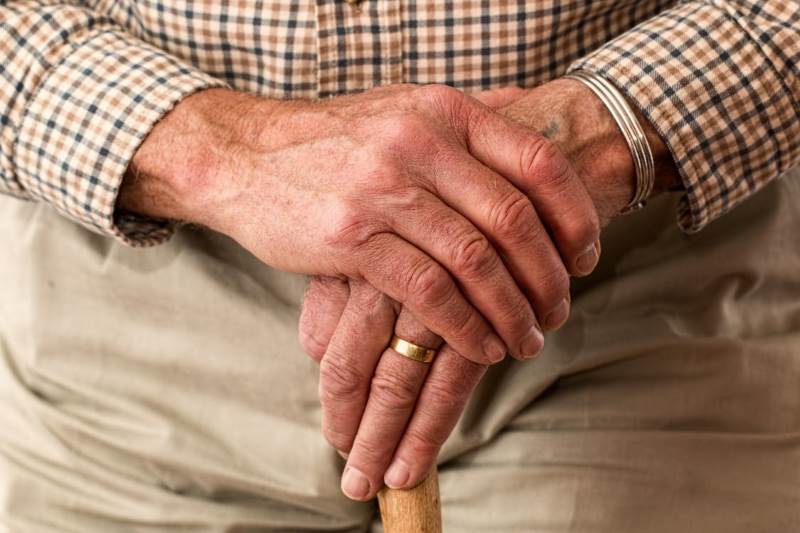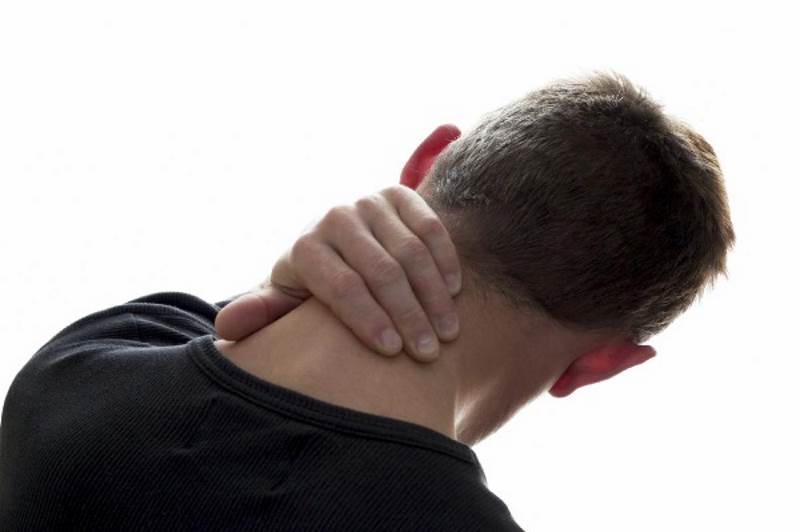
Bone Health and Exercise
Bone Health and Exercise
Osteoporosis is a disease characterized with a loss in bone mass and deterioration in the sturdiness of bone structure. This is associated with the increased risk of fractures, particularly in the hip, wrist and spine. It is prevalent in the older population. If you are a woman, you have a 50% lifetime risk of a fracture from osteoporosis.
Bone loss is an insidious process. In the early stages it is called “osteopenia” It can occur when an arm or leg is casted after a frracture. A loss in bone mineral density (BMD) can accelerated after taking steroid medications or with certain autoimmune disorders or diabetes.
Reduced levels of estrogen after menopause accelerate bone loss. However, it is well- established that if a woman in her 40’s and 50’s exercises regularly and has good nutritional habits, she can diminish her post-menopausal bone density loss substantially. Osteoporosis is optional!
How does exercise affect bone health?
Bone is a living tissue. Bone cells, called osteophytes, have the ability to act like strain gauges and adapt to the amount of stress placed on them. Regular weight bearing exercise or strength training is essential to maintaining healthy bone. Resistance training improves muscle mass and strength and can increase spine and hip bone density. It is essential that the exercises chosen are safe and appropriate for the individual. Physiotherapists assess posture, understand risk factors and can advise which exercises are best for those with osteoporosis.
As a preventative measure and for those with mild osteopenia, high and medium impact exercise such as soccer, tennis, activities such as skipping and step-ups can stimulate healthy bone cells to produce a stronger bony matrix and increase BMD.
For individuals with moderate osteoporosis, weight bearing exercise and moderate impact exercises are appropriate, high impact exercise is not. Strength training exercises should target the specific areas affected. Balance exercises and fall prevention awareness are important, as falls can result in fractures, which are painful and can take much longer to heal than with normal bone. Working with a physiotherapist with specific knowledge about osteoporosis to set up an exercise program is highly recommended. Check with your physician before beginning a strenuous exercise program.
Attention to postural alignment during strength training is important. Certain exercises place too much strain on the midback area and can increase the rounding, or kyphosis in this area. For example, repeated curl-ups for abdominal strengthening, or swinging kettle balls with arms extended should be avoided.
Why does nutrition play such an important role in prevention of bone mineral density loss?
Bones are important warehouses for calcium and other important minerals needed for cellular function. If our diet is low in calcium, the body borrows it from our bones. If it’s not restored, a net deficit in minerals can result in reduced BMD.
In order to maintain optimal bone health, sufficient amounts of Calcium, Magnesium, Vitamin D are recommended.


